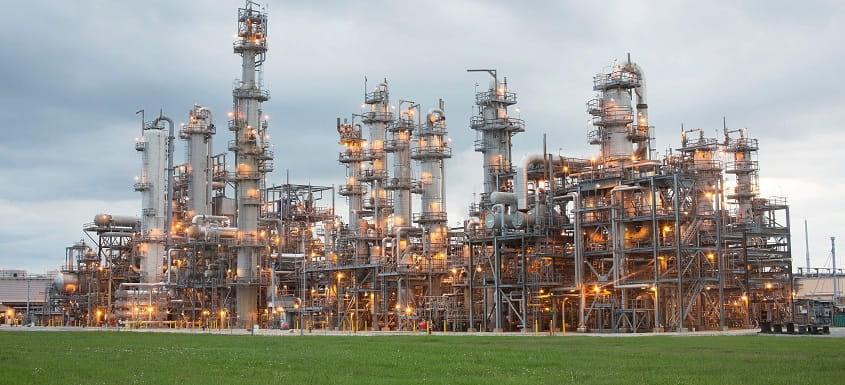Sound Energy, the Moroccan focused upstream gas company, said it has found gas-bearing sands from its TE-10 exploration well in the company’s Greater Tendrara licence area in Morocco.
The discovery will potentially materially de-risk the stratigraphic upside in North East Lakbir, which had a pre-drill mid case potential on a gross basis of 2.7 Tcf gas originally in place (GOIP) (4.5 Tcf GOIP upside case and a 1.5 Tcf GOIP low case) and the smaller TAGI structural closure had a mid-case potential, on a gross basis, of 128 Bcf GOIP .
Sound also confirms the achievement of total depth (TD) with TE-10, the potential identification of additional thin bedded net pay and the successful recovering of a gas sample to surface, it said in a statement.
The TE-10 well was the second in Sound Energy’s current three well exploration programme in the Tendrara area designed to explore three geologically-independent plays and to establish the potential of the basin. The well is located approximately 25 kilometres to the northeast of the recently awarded Tendrara production concession, which contains the TE-5 Horst discovery unlocked by Sound Energy in 2016-17.
The TE-10 well has been drilled to a depth of 2,218m measured depth (MD), 209m MD below the base of the TAGI sandstone sequence, in an, as yet, undated section of mudstones and minor thin bedded sandstones, with gas shows down to 2,070m MD.
The company announced the preliminary results of the intermediate TE-10 logging results on 27 December 2018, which included a potential TAGI gross reservoir sequence from 1,899m MD to 2,009m MD and an initial net pay estimate of up to 10.5m, with an average porosity of 8 per cent.
The company has now completed the FMI (high definition formation micro-imager log) which provides a micro-resistivity image of the well bore at a much finer resolution than the initial logging suite.
Significantly, the FMI has potentially identified the presence of additional thin bedded net pay within the previously identified potential gross reservoir interval between 1,899m MD to 2,009m MD. Quantification of the overall net pay is underway and will require substantiation from side-wall core analysis and further wireline log evaluation.
Additionally, a gas sample (comprising C1 to C5 hydrocarbons) was successfully recovered from one of these pay intervals at approximately 1,937m MD using a MDT (modular formation dynamics tester system). The successful retrieval of this gas sample confirms the presence of moveable hydrocarbons in the reservoir, and importantly is the first successful MDT gas test from the TAGI sandstone in the Tendrara licence (where testing has historically been hampered by the tight nature of the sandstone).
Following the acquisition of the VSP (vertical seismic profile), Sound Energy said that the gas shows observed extend below the currently mapped structural closure at approximately 1,958m MD. This suggests the gas accumulation may extend up-dip into the stratigraphic trap. Seismic interpretation and modelling is underway to assist with internal estimates of gas resources within the discovery.
With drilling operations now concluded, plans are now in progress to conduct a well test over the reservoir interval. This is expected to occur during February 2019, after rig de-mobilisation and mobilisation of the necessary testing equipment, the company said.











































